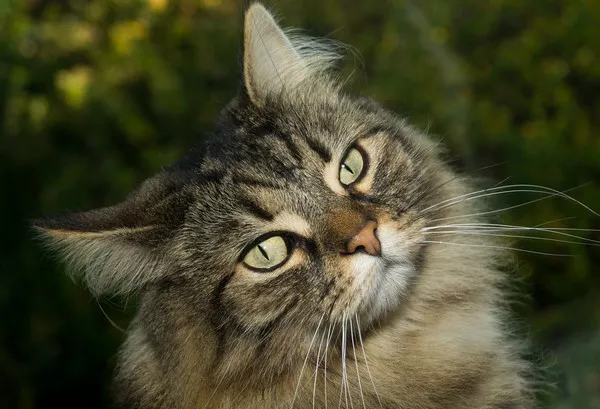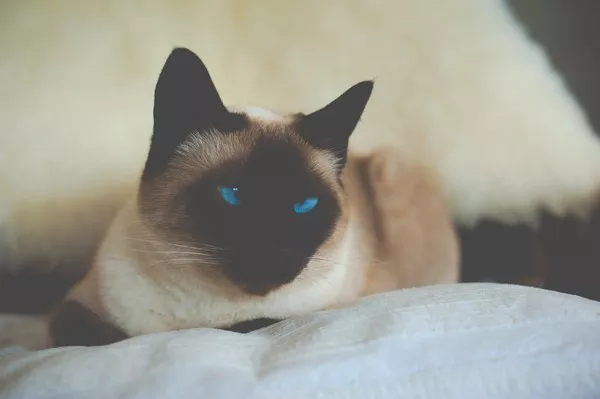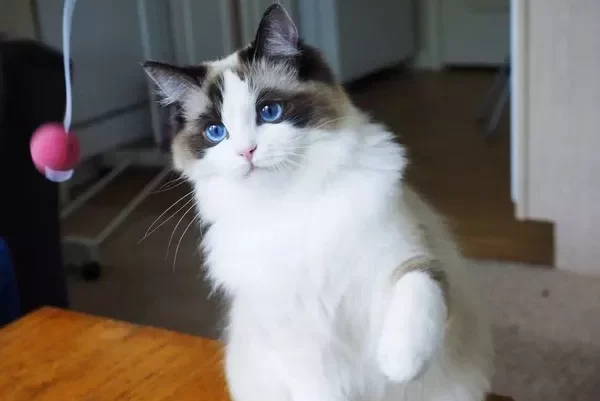In the realm of evolutionary biology, where the mysteries of life’s transformations are dissected and analyzed, Anjali Goswami, a renowned evolutionary biologist at the Natural History Museum in London, makes a bold proclamation – cats, ranging from the common tabby to the majestic tiger, represent the quintessential products of evolution. This perspective, she contends, extends far beyond the aesthetic admiration that cat enthusiasts often indulge in; it underscores the scientific perfection woven into their existence.
Goswami’s journey into this intriguing concept was sparked by her reading of Alex Dehgan’s book, “The Snow Leopard Project,” which highlighted the coexistence of multiple cat species in Afghanistan. What intrigued her was the ecological redundancy among these species, all being unyielding predators and carnivores. This global pattern of multiple cat species with similar ecological roles prompted her to ponder the remarkable uniformity among them.
While domestic cats display variation in coat color and markings, their fundamental cranial structure remains astonishingly uniform throughout their lives. Unlike many mammals, whose facial structures elongate as they mature, cats retain their rounded, baby-like faces into adulthood. This consistency in cranial development, a hallmark of all cats, creates a limited canvas for breeders to work with, primarily focusing on coat color.
The key to understanding the concept of cats’ perfection lies in their specialization. Within the order of mammals known as carnivorans, which includes both cats and dogs, a unique dental feature distinguishes them – an upper fourth premolar and a lower first molar that together form a potent slicing pair designed for meat consumption. Unlike many carnivorans, which retain molars for grinding vegetation, cats have streamlined their dental apparatus for pure carnivorous efficiency. This specialization explains why foxes can thrive on scavenging garbage, while leopards prefer hunting livestock.
Remarkably, whether a Bengal cat or a colossal lion or tiger, their cranial structures remain virtually indistinguishable. An expert in carnivorans would find it challenging to differentiate between a lion and tiger skull, highlighting the exceptional uniformity within the feline family.
So, what makes cats perfect from an evolutionary standpoint? Cats have honed their predatory prowess to such an extent that they excel at a singular role, leaving little room for evolutionary variation. While they may vary in size, their core functions remain identical. They are masters of their craft, not jacks-of-all-trades.
In contrast, bears serve as the antithesis to cats. The bear family encompasses a diverse array of species, each specialized in distinct ecological roles, from the herbivorous panda to the hypercarnivorous polar bear. Unlike cats, bears display versatility, but they do so at a cost – they are proficient at none of these roles.
Conventionally, diversity within a group is regarded as a hallmark of evolutionary success. However, Goswami’s perspective challenges this notion. She argues that the uniformity observed among cat species is a testament to their evolutionary excellence. Other groups, such as bats and rodents, exhibit diversity because they have not perfected a single ecological niche and are still exploring different avenues.
Goswami also points out monitor lizards as another group akin to cats in the reptilian world. They vary significantly in size, mirroring the diversity within the cat family, yet share a remarkable degree of cranial similarity. Like cats, they are dedicated carnivores.
Recent research conducted by Goswami and her colleagues delves into the evolution of skull shapes in various tetrapods (vertebrates with four limbs), revealing that sociality influences the pace of evolutionary change within mammals. Social mammals tend to evolve more rapidly, a characteristic that doesn’t align with the predominantly solitary nature of cats. Consequently, cats are comparatively slow in terms of evolutionary change.
Goswami’s unique perspective also sheds light on the myriad attempts by other mammalian groups to emulate cats. Marsupials, creodonts, weasels, mongooses, and more have sought to adopt cat-like attributes, but none have succeeded in fully occupying the feline niche. Cats, she argues, are not only perfect but also unparalleled in their ecological niche.
In conclusion, the concept of evolutionary perfection, as championed by Anjali Goswami, challenges conventional wisdom by asserting that uniformity within a species can be a testament to their ecological mastery. Cats, with their unyielding dedication to predation and carnivory, exemplify this paradigm, rendering them not just perfect but also peerless in their role within the animal kingdom.


























